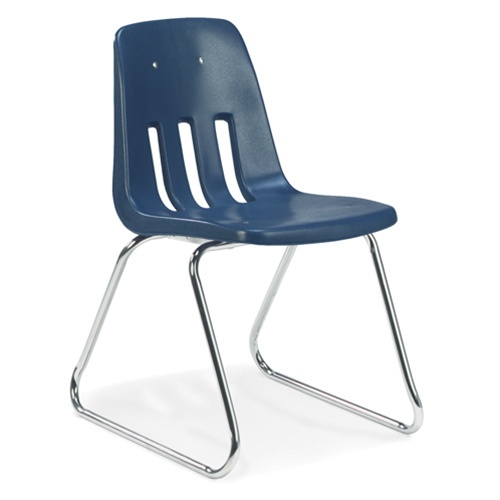Every teacher wants his or her classroom to be a warm, welcoming space where students can feel comfortable, safe and ready to learn. It’s important to set up your classroom in a way that is conducive to all the learning activities, tasks and lessons you intend to participate in throughout the school year. Furniture should be small or large enough to accommodate students’ heights. Desks, Virco chairs and tables should be arranged so students can easily interact with each other. Most importantly, students should feel some ownership of the classroom. Teachers can give ownership by making students responsible for classroom upkeep and asking for input on setup designs.

Consider the Learning Activities
Teachers should analyze the type of learning activities they typically engage in with their students. If he or she primarily teaches with a lecture format, the students can be arranged in rows or a semi-circle with all of the desks facing the same direction. If the teacher likes the students to work in small groups, he or she should consider grouping the desks in pods or using tables that will accommodate multiple students. Teachers should consider traffic flow throughout the room. Elementary teachers typically spend most of their time circulating throughout the classroom where inefficient pathways can become frustrating and time-consuming.
Organize and Display Supplies
In order to give students ownership, teachers should arrange supplies to give students easy access. There is no reason the teacher should always be responsible for distributing and putting away necessary supplies. When students know where the supplies are and understand the procedure for getting them and putting them away, they gain more control over their learning environment. Label supplies clearly, place them on easily accessible shelves, and teach the students when and how to access them.
Create Centers
One efficient way to set up the classroom, especially in an elementary setting, is to create learning centers or stations in various corners or spaces within the room. For example, the reading area would contain the classroom library, comfortable chairs or pillows for silent reading and other activities centered around reading. A geography center would display maps and feature interactive activities for the children to complete independently. When the room is organized in such a way, students learn quickly where to go for each subject.
Be Flexible
Flexibility is an extremely important aspect of all teachers’ jobs. When a lesson isn’t going well, he or she needs to readjust and carry on. The same is true for the classroom arrangement. If there are too many interruptions or the flow of the room isn’t working, teachers should simply adjust it. There are many types of Virco chairs, tables, desks and workstations to choose from to suit the individual needs of each classroom.
Patrick Whalen is a part of an elite team of writers who have contributed to hundreds of blogs and news sites. Follow him @2patwhalen.

